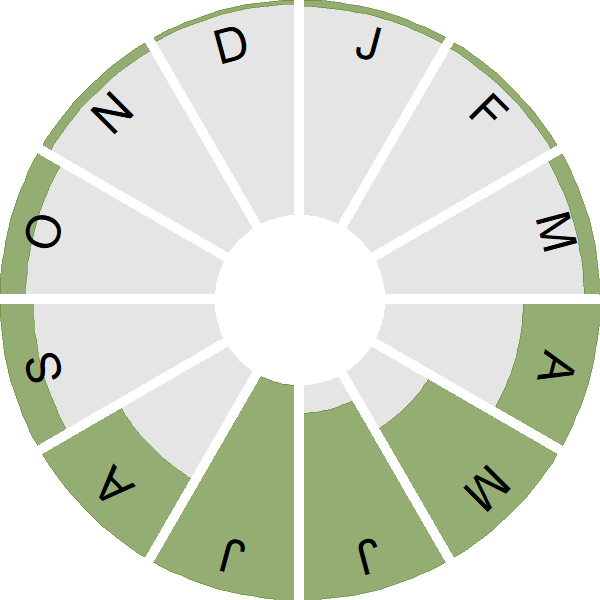Puffin
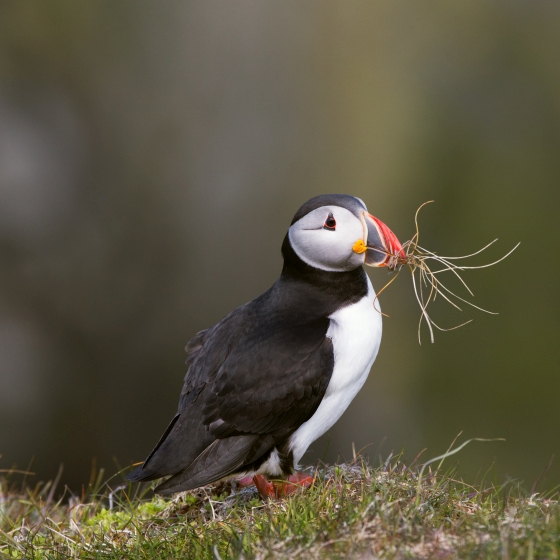
Introduction
The most familiar, and some would say charismatic, of our breeding auks, the Puffin is also the most localised in its British breeding range.
Puffins are predominantly burrow-nesters using sites within short grassy swards, often located on sloping ground above cliffs. Although many of these burrows will have been excavated by the Puffins themselves, they are not averse to taking over burrows from Rabbits or Manx Shearwaters.
Our Puffins spend the winter at sea, with ringing data suggesting an extensive wintering range, extending over the eastern Atlantic, south to north-west Africa and with some individuals venturing into the Mediterranean Sea.

Key Stats
Identification
ID Videos
This section features BTO training videos headlining this species, or featuring it as a potential confusion species.
Winter Auks
Songs and Calls
Song:
Status and Trends
Conservation Status
Population Change
The number of Puffins breeding in the UK increased by 37% between 1969–70 and Seabird 2000 (1998–2002). However, a large decline at two of the largest colonies (Farne Islands and the Isle of May) occurred between 2003 and 2008/09. It is unclear, however, whether these declines are representative of the wider UK population; the recent Seabirds Count (2015–2021) should help confirm and quantify the magnitude of any national population decline.
Distribution
The bulk of Britain & Ireland's Puffins breed in the Northern Isles, St Kilda, along the North Sea coast south to Yorkshire, in southwest Wales and in western Ireland. In winter they are mostly pelagic and a scattering of records around the coast mainly relate to autumn records and storm-blown individuals.
Occupied 10-km squares in UK
or view it on Bird Atlas Mapstore.
or view it on Bird Atlas Mapstore.
European Distribution Map
Distribution Change
Change in occupied 10-km squares in the UK
or view it on Bird Atlas Mapstore.
or view it on Bird Atlas Mapstore.
Seasonality
Puffins are mostly recorded during the breeding season from suitable coastal breeding areas, arriving from March onwards. They depart cliffs quickly and are rarely seen during autumn migration or in winter.
Weekly pattern of occurrence
The graph shows when the species is present in the UK, with taller bars indicating a higher likelihood of encountering the species in appropriate regions and habitats.

Movement
Britain & Ireland movement
Foreign locations of birds ringed or recovered in Britain & Ireland
Dots show the foreign destinations of birds ringed in Britain & Ireland, and the origins of birds ringed overseas that were subsequently recaptured, resighted or found dead in Britain & Ireland. Dot colours indicate the time of year that the species was present at the location.
- Winter (Nov-Feb)
- Spring (Mar-Apr)
- Summer (May-Jul)
- Autumn (Aug-Oct)

European movements
EuroBirdPortal uses birdwatcher's records, such as those logged in BirdTrack to map the flows of birds as they arrive and depart Europe. See maps for this species here.
The Eurasian-African Migration Atlas shows movements of individual birds ringed or recovered in Europe. See maps for this species here.
Biology
Productivity and Nesting
Nesting timing
Egg measurements
Clutch Size
Survival and Longevity
Survival is shown as the proportion of birds surviving from one year to the next and is derived from bird ringing data. It can also be used to estimate how long birds typically live.
View number ringed each year in the Online Ringing Report.
lifespan
Survival of adults
Biometrics
Wing length and body weights are from live birds (source).
Wing length
Body weight
Ring Size
Classification, names and codes
Classification and Codes
- Order: Charadriiformes
- Family: Alcidae
- Scientific name: Fratercula arctica
- Authority: Linnaeus, 1758
- BTO 2-letter code: PU
- BTO 5-letter code: PUFFI
- Euring code number: 6540
Alternate species names
- Catalan: fraret atlàntic
- Czech: papuchalk severní
- Danish: Lunde
- Dutch: Papegaaiduiker
- Estonian: lunn e. põhjalunn
- Finnish: lunni
- French: Macareux moine
- Gaelic: Buthaid
- German: Papageitaucher
- Hungarian: lunda
- Icelandic: Lundi
- Irish: Puifín
- Italian: Pulcinella di mare
- Latvian: Atlantijas tuklitis
- Lithuanian: atlantinis mormonas
- Norwegian: Lunde
- Polish: maskonur (zwyczajny)
- Portuguese: papagaio-do-mar
- Slovak: mníšik bielobradý
- Slovenian: mormon
- Spanish: Frailecillo atlántico
- Swedish: lunnefågel
- Welsh: Pâl
- English folkname(s): Londoner
Research
Causes of Change and Solutions
Causes of change
The reasons for the population increases between 1969–70 and Seabird 2000 are not known (JNCC 2022). Productivity was low between 1998 and 2013 and this may have contributed to declines, with food shortages and high levels of rainfall causing flooding of burrows both being implicated (JNCC 2022). An Icelandic study found a strong correlation between Puffin breeding productivity and local sea surface temperatures (which can affect prey abundance) (Hansen et al. 2021), and it is likely that UK colonies are also being affected by changes to sea surface temperatures caused by climate change. Prey shortages result in longer foraging ranges and lower productivity which ultimately leads to declines (Fayet et al. 2021). The population may also be affected by survival and it is believed that a 'wreck' in the winter of 2013/14 following several severe storms may have had a substantial effect on the Puffin populations at some UK sites (JNCC 2022).
Publications (8)
The status of the UK’s breeding seabirds
Author: Stanbury, A.J., Burns, F., Aebischer, N.J., Baker, H., Balmer, D., Brown, A.F., Dunn, T., Lindley, P., Murphy, M., Noble, D.G., Owens, R. & Quinn, L.
Published: 2024
Five seabird species are added to the Birds of Conservation Concern Red List in this addendum to the 2021 update, bringing the total number of Red-listed seabird species to 10, up from six since seabirds were last assessed. The Amber List of seabirds moves from 19 to 14 species, and the Green List increases from one to two species.
29.09.24
Papers
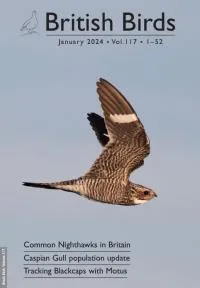
Seabird Population Trends and Causes of Change: 1986–2023
Author: Harris, S.J., Baker, H., Balmer, D.E., Bolton, M., Burton, N.H.K., Caulfield, E., Clarke, J.A.E., Dunn, T.E., Evans, T.J., Hereward, H.R.F., Humphreys, E.M., Money, S. and O’Hanlon, N.J.
Published: 2024
This report presents the latest seabird population trends in breeding abundance and productivity using data from the Seabird Monitoring Programme (SMP).The report documents changes in the abundance and productivity of breeding seabird species in Britain and Ireland from 1986 to 2023, and provides a detailed account of the 2021, 2022 and 2023 breeding seasons.This report includes both inland and coastal populations and trends from the Channel Islands, England, Isle of Man, Northern Ireland, Scotland, Wales and the Republic of Ireland, which are presented where sufficient data are available. The results from this report are used more broadly to assess the health of the wider environment, to inform policy and for conservation action.
21.11.24
Reports Research reports
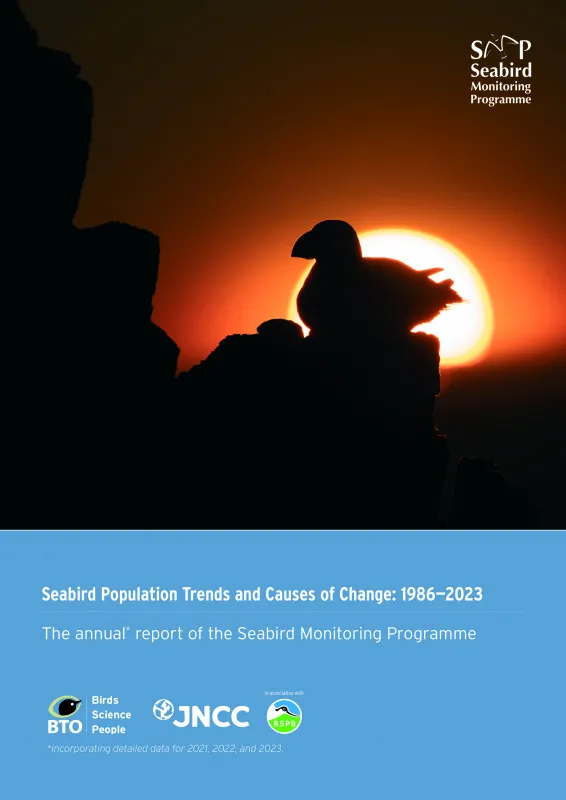
The value of seabird foraging ranges as a tool to investigate the impact of offshore wind farms
Author: Woodward, I.D., Thaxter, C.B., Owen, E., Bolton, M., Ward, R.M. & Cook, A.S.C.P.
Published: 2024
A study led by BTO uses data from GPS tracking and other research to identify the likelihood of seabirds of 27 species interacting with areas off sea earmarked for 41 new offshore wind farms around the UK.
30.05.24
Papers
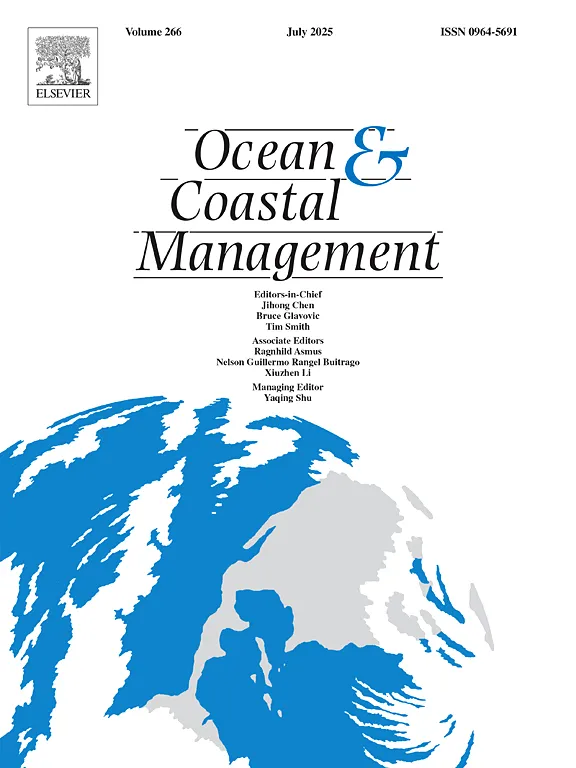
Northern Ireland Seabird Report 2023
Author: Booth, K.J. & El Haddad, H.
Published: 2024
The report includes detailed information about the population trends and breeding success of seabirds in Northern Ireland, over the 2023 breeding season. Notably, Fulmar and Kittiwake populations are reported to be experiencing continued declines, while Guillemot, Common Gull and Herring Gull populations show increases at most breeding sites.
15.04.24
Reports Northern Ireland Seabird Report

Seabird abundances projected to decline in response to climate change in Britain and Ireland
Author: Davies, J.G., Humphreys, E.M., Evans, T., Howells, R., O’Hara-Murray, R. & Pearce-Higgins, J.W.
Published: 2023
Britain and Ireland support globally-important numbers of breeding seabirds, but these populations are under pressure from a suite of threats, including marine pollution, habitat loss, overfishing and highly pathogenic avian influenza. Climate change introduces additional threats, the magnitude of which is uncertain in the future, making it difficult to plan how to apportion conservation efforts between seabird species. Predicting how species’ numbers could change under different climate change scenarios helps clarify their future vulnerability to extinction, and thus assists in conservation planning.
05.12.23
Papers
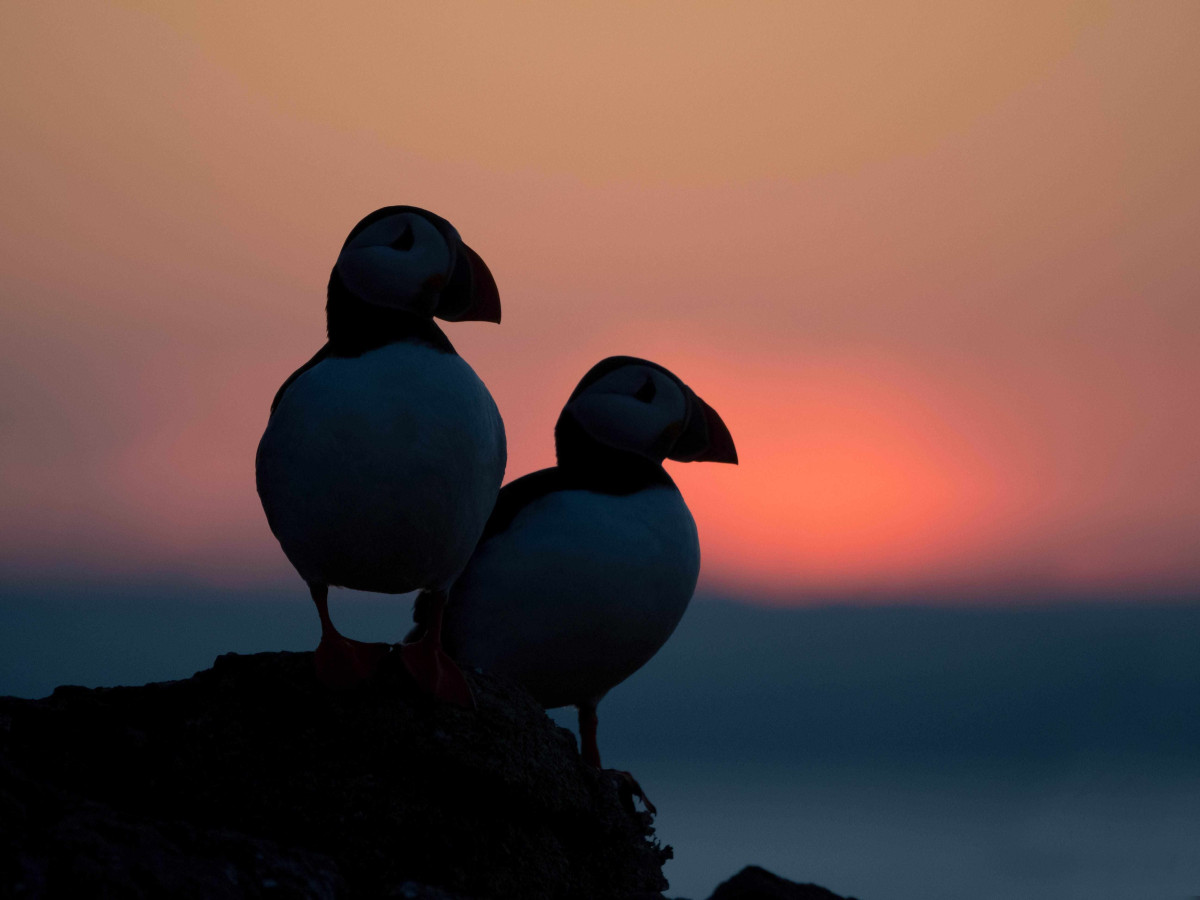
Birds of Conservation Concern Wales 4: the population status of birds in Wales
Author: Johnstone, I.G., Hughes, J., Balmer, D.E., Brenchley, A., Facey, R.J., Lindley, P.J., Noble, D.G. & Taylor, R.C.
Published: 2022
The latest review of the conservation status of birds in Wales. The report assessed all 220 bird species which regularly occur in Wales. There are now 60 species of bird on the Red List, with 91 on the Amber List and just 69 - less than a third of the total number of species - on the Green List.
06.12.22
Reports Birds of Conservation Concern

Factors influencing the survival of Puffins Fratercula arctica at a North Sea colony over a 20-year period
Author: Harris, M.P., Freeman, S.N., Wanless, S., Morgan, B.J.T. & Wernham, C.V.
Published: 1997
01.01.97
Papers
An experimental study of reduced parental effort and future reproductive success in the puffin, Fratercula arctica
Author: Wernham, C.V. & Bryant, D.M.
Published: 1998
01.01.98
Papers

